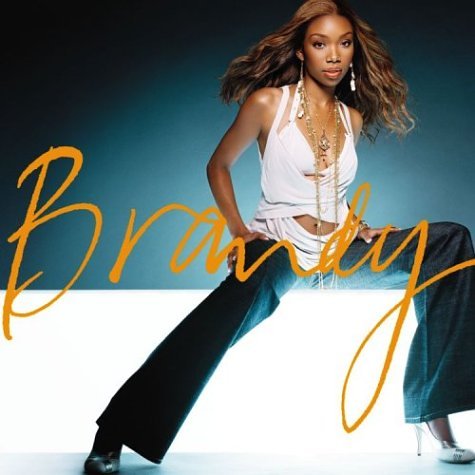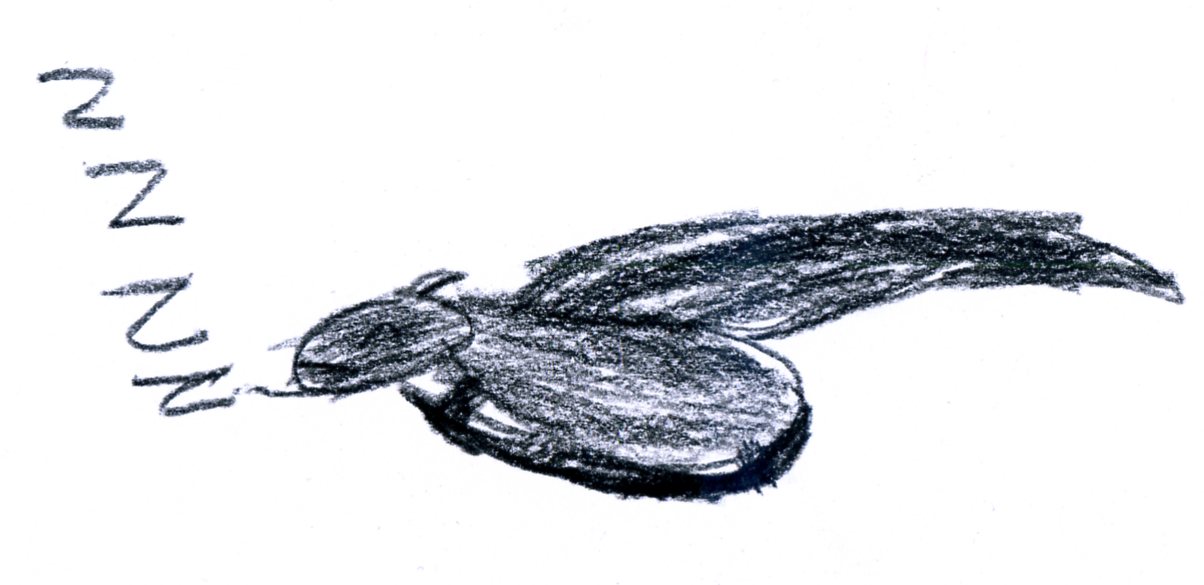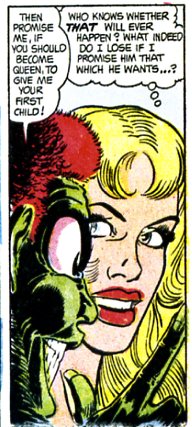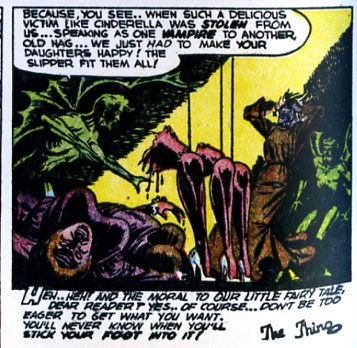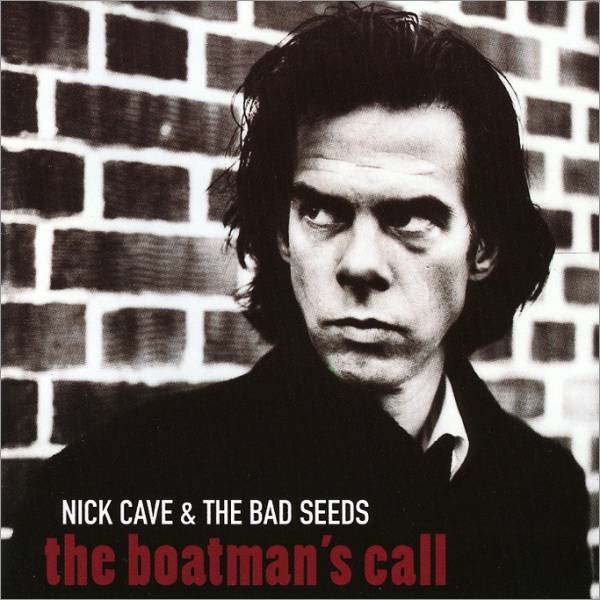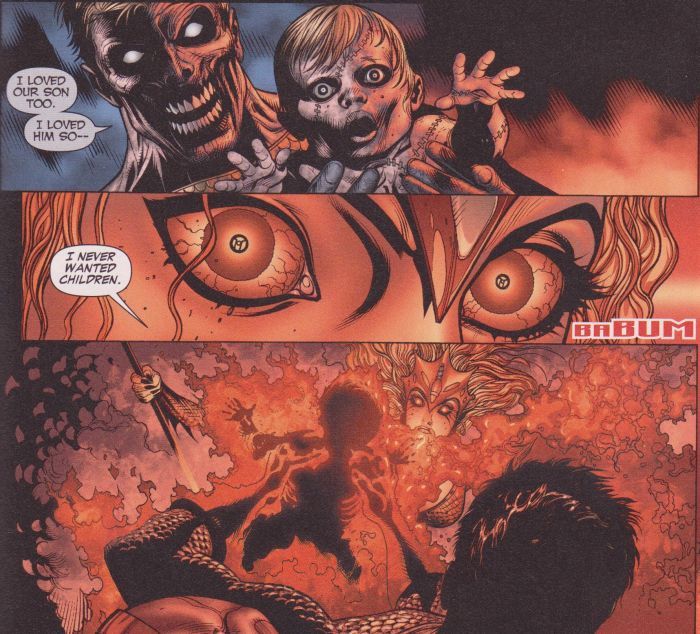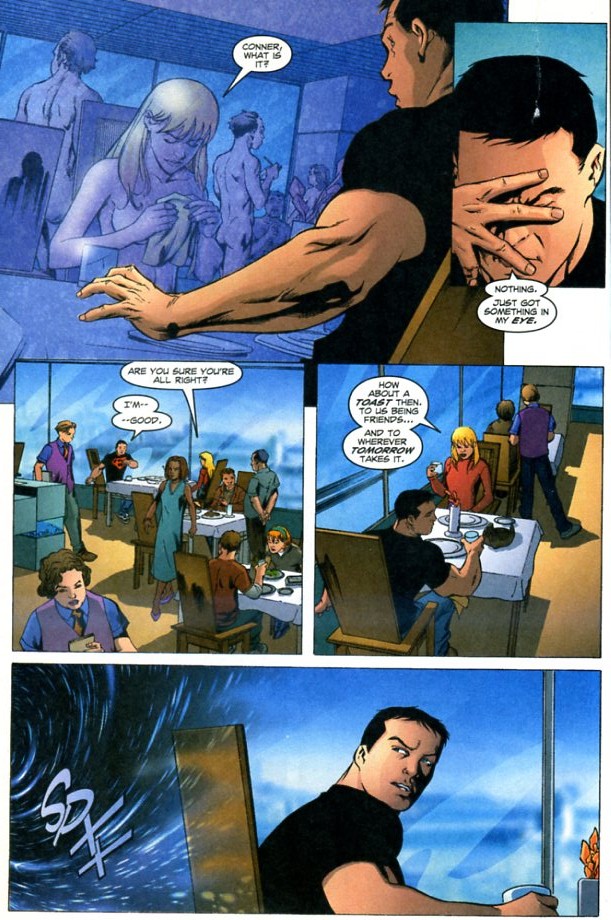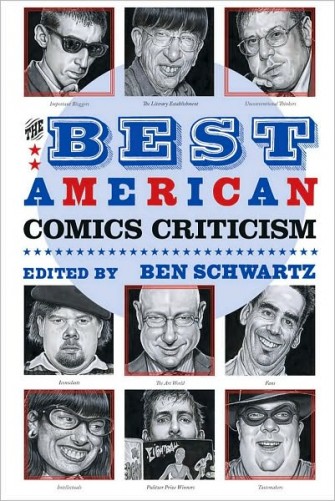I recently stumbled on this piece I wrote four or so years ago for a sex website which, as far as I’ve been able to tell, never used it. I still think it’s funny — so I figured I’d see if anyone else agreed.
_______________________
“Adam’s young bride was proud of her man, but she blanched at the thought of the ghastly White Worm.”
Bram Stoker, The Lair of the White Worm
Nothing spurts out fanciful narratives quite like a penis. The best mythologizer of the privates, of course, was Freud who, one portentous day, stroked his beard, sat on the pot, looked nether-ward, and suddenly shouted, “Eureka! I bet Martha wishes she had one of these!”
Sure, Freud was a silly bugger — but phallic disinformation afflicts us all. To rectify this classic malady, read on.
Break You Off — That’s Just an Expression, Right?
Can you break an erect penis? Obviously, you’re hoping that the answer here is “no.” And, in fact, a penis has no bones, so you can’t damage it in quite the way you would an arm or a leg. Still, if you’re young, determined, unlucky, and, maybe, kind of dumb, you can, in fact, injure yourself in ways that will surprise you and make you go…ergh.
When you get an erection, two tubes of spongy tissue that run along the inside length of the penis fill with blood. These tubes are called the corpora cavernosa, and they are located in a tough sack made of tissue called the tunica albuginea. Now, let’s say you’re not only lusty, but also young, which means that you are especially rigid. And let’s say further that you’ve got a willing peasant girl spread out on a bed at the other end of your palatial throne room. You emit a lascivious grunt and begin to race towards her…but, unfortunately, in your haste, you fail to notice the second peasant girl sprawled on the floor…you trip over her…sail gracefully thorough the air…and smash erection-first into the decidedly unyielding flagstone floor.
At this point, the tunica albuginea will tear, and blood will start to leak out of the tubes. What you’ll hear is a cracking sound, and then you’ll probably say something like, “Zounds!” or, “Holy fucking fucking fuck!” because it’ll really hurt. Your erection will go down, and you and the peasants can then sit around watching your bruised and probably visibly bent penis swell and take on a meaningful shape as it adjusts to its new and complex reality. You can also consider what your life will be like now that you can no longer sustain an erection, or — if your injury is especially spectacular— pee. Alternately, you can get up off your butt and GO TO THE DOCTOR! RIGHT NOW! YOU JUST BROKE YOUR PENIS! RUN, FOR GOD’S SAKE! RUN!
Once you get your sorry, sorry dick to the hospital, you’ll need surgery to repair the tears in the tunica albuginea. In most cases, this should solve all your problems and allow you to live a productive, erection-and-pee-filled life. In other cases, you will need a transplant, usually using tissue provided by bonobo monkeys, or occasionally, by Robert Plant. No, that whole last sentence isn’t true. I don’t know what happens in other cases. Furthermore, I don’t want to know, and I doubt you do either.
I Love the Smell of Wood in the Morning
Lots of people think they know the secret of morning wood. “Oh, yes,” they will tell you nonchalantly as you and your stubbornly conspicuous thing shuffle bathroom-wards. “Morning wood. Caused by a full bladder pressing on the medulla oblongata of the lower reaches.”
In fact, morning wood is not caused by a full bladder. It doesn’t seem to be caused by alien transmissions or nanomachines, either. Nor by the Masons or the Trilateral Commission. What does cause it, you ask?
Well, um,…the same thing that causes nocturnal emissions! Yes, you see, while they’re asleep, any man without erectile dysfunction will just get an erection, and sometimes one of those erections is still hanging around when they wake up. In fact, this is one of the main ways that experts diagnose erectile dysfunction. If you’re having trouble maintaining an erection, your local upstanding erection expert will fit you with an elastic thingy (technical name elastic thingy) to wear on your penis to monitor its friskiness and girth. If, on a romantic night, the penis is sufficiently frisky and girthful, a computer dings and the expert knows that your dysfunction is psychosomatic; if the computer refuses to ding, the expert knows that there’s a plumbing prob….
What was that? What causes the nocturnal erections? Errr….
Okay, we don’t know! All right? The penis, it just goes up at night! Stop bothering us with this crap!
In other words, experts are baffled. They have given the phenomena a great name though: nocturnal penile tumescence. I don’t think we can really expect more from science than that.
Diet Like a Porn Star
“Some people think semen is low-carb,” my esteemed editor told me. “You should write about that.”
“What? Who cares? It’s not like you’re eating enough of it to…”
He fixed me with a gimlet eye. Over email. And you’ve never been gimleted by an eye until it’s been disembodied and sent electronically. Gross.
So, fine. Semen’s made of fructose and enzymes, and it’s not low-carb. Now you know.
XY Marks the G-spot
Long, long ago, when men were men, Neanderthals were Neanderthals, and butt plugs were carved out of flint, a tribal wise man named Ernst Gräfenberg discovered the female G-spot in the latest issue of Cosmo. Shortly thereafter, of course, some disreputable wag with a monosyllabic appellation — Ogg, let’s say — piped up with the inevitable query: “Erg! Ugh! Grunt? (snicker)” Or, translated, “Hey Gräfenberg! Screw the gals! Where’s our G-spot? (snicker)” To which Gräfenberg responded frostily (it being the ice age) “We don’t have a G-spot, okay? And if we do, I don’t know where it is. I only read Sports Illustrated for the interviews.”
Well, believe it or not, Ogg the Wag has the last laugh. The female G-spot remains a site of violent and sweaty theoretical exploration by scientists and feminists alike, but everyone agrees on the existence and location of the male equivalent. For guys, the G-spot is simply the prostate, right there at the back of the penis, bung up against the anus. To locate it, lie on your back with your legs elevated, and then gently push a well-lubricated finger into the anus. Two inches beyond the anal opening you should feel a bump about the size of a chestnut. Manipulate it and you too will wag like Ogg.
So there you are. You’ve now got more penis facts in your pocket than even Sigmund Freud, and some of them are even true. Whip ’em out to awe your friends, impress the ladies, or just for the pleasure of playing with your ever-expanding diction.


